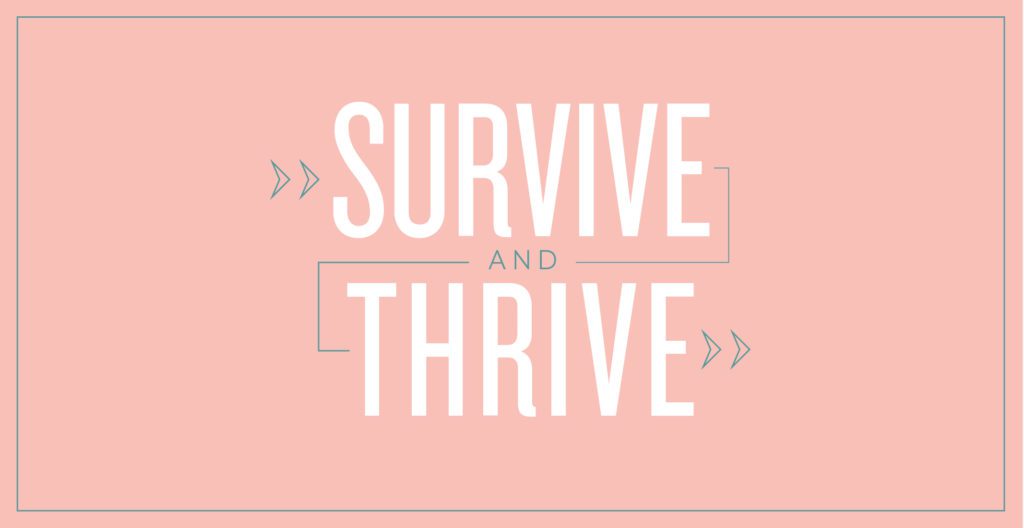Survive & Thrive with StoryBrand

Between work and two young kids, I have to admit; I rarely make it through an entire book these days. But, when Building a Story Brand was suggested to me, it piqued my interest. Not only has there been buzz about it in the marketing realm, but the author, Donald Miller, also penned one of my favorite books, Blue Like Jazz, way back in 2003. If nothing else, I was curious to see where his writing career had taken him.
“Building a StoryBrand: Clarify your Message so Customers Will Listen. Section 1: Why Most Marketing is a Money Pit.” Ouch.
While a lesser marketer might have put the book down offended, I tightened my Adobe bootstraps and forged on. “The problem is simple,” says Miller. “The graphic artists and designers we’re hiring to build our websites and brochures have degrees in design and know everything about Photoshop, but how many of them have read a single book about writing good sales copy?” Ouch, again.
But the truth is, probably not many. It’s actually one of the primary reasons we opened our doors at Rhyme & Reason Design more than 10 years ago. We realized early on that it couldn’t just be pretty design that we tout. Our work had to be smart; it had to create results for our customers. And the cool thing is, it does.
But what if you don’t? Read the book! If you don’t have time for that, here are three key takeaways that can help make your next marketing campaign a success.
- If you confuse you lose. Show your customer how you can help them survive and thrive in the simplest way possible. As the old adage goes, keep it simple, stupid.
- Your customer is the hero, not your brand. Surprise! You’re not the protagonist of this story, your customer is. Instead, see your brand as the guide, or mentor, that can lead your customer to accomplish their goal.
- Bodies at rest stay at rest. You need a call to action. You have to tell your customers what to do next. Sounds obvious, but it can be a fatal flaw if missed. This might be as simple and direct as a “buy now” button or it may be transitional, such as signing up for a white paper, but it should always be clear what the next step is.

